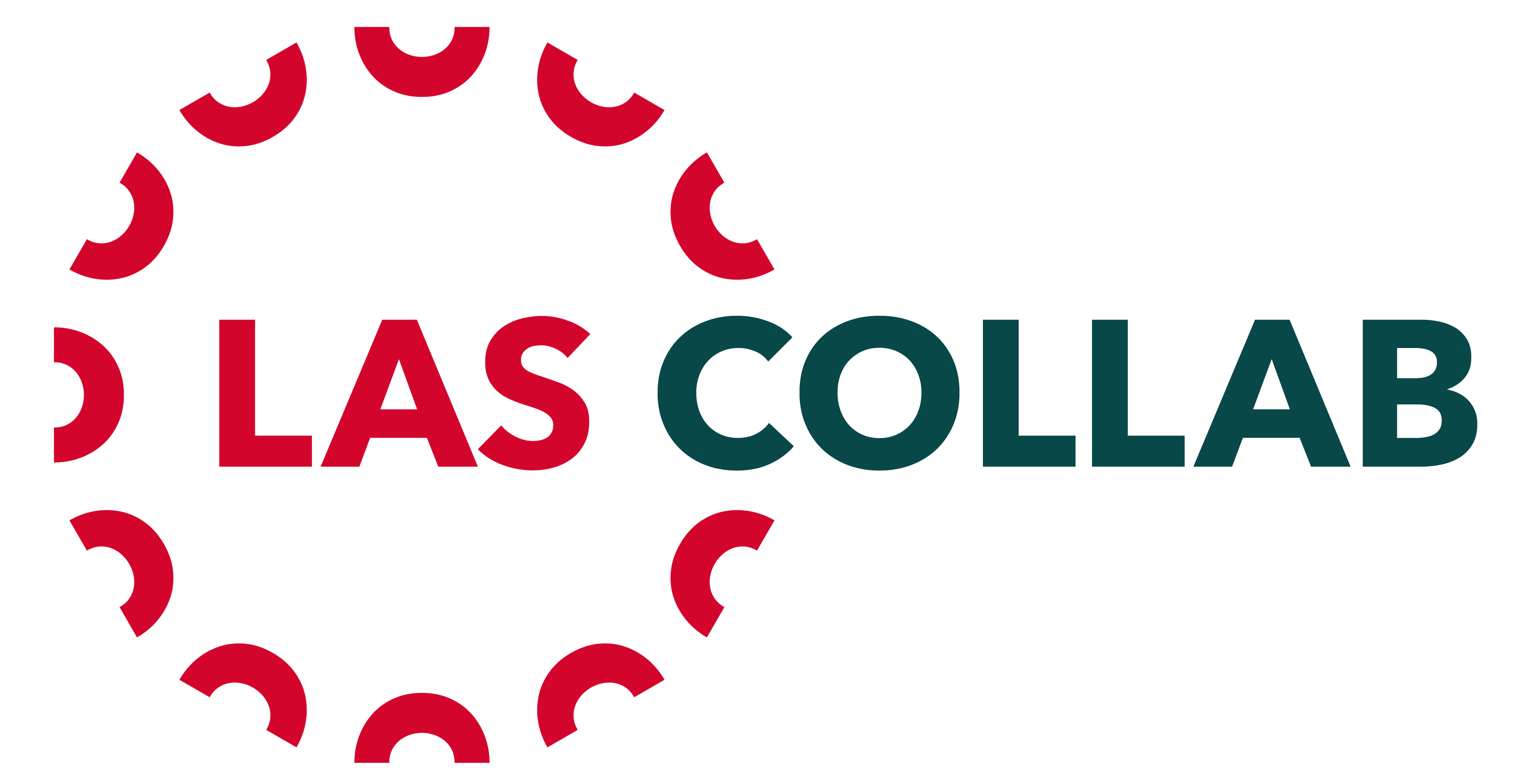Activity-Based Management ABM Definition and Examples
Addressing these issues helps align cost structures with industry best practices. During the 1980s, many businesses started to introduce activity-based costing (ABC) systems. However, it soon became apparent that the information that had been produced for activity based costing had much wider use than just calculating the cost per unit of a product or service. Each of the key (primary and secondary) activities noted from this analysis must be categorized as either value-added or non-value-added. An activity is value-added to the extent that its performance contributes to the completion of the product or service for consumers.
Cost efficiency
Considering the benefits of ABM, companies should adopt the following measures to ensure success. Finally, eliminate non-profitable actions and allocate resources to maximize profitability. By adopting such strategies, companies can ensure effective ABM implementation and maximize benefits. ABM implementation provides several benefits, and it is essential to remember some pivotal details.
Real-World Example: Activity Based Management in Retail
A value-added activity is an activity that adds value to a product or service from the view point of the customer. A non-value-added activity is an activity that does not add value to a product or service from the viewpoint of the customer. A manager who announces, “I want across-the-board cuts—everyone reduce costs by 20 percent,” rarely gets the desired activity-based management results. To make significant cost reduction people must first identify the activities that a product consumes.
Activity-Based Management Model
- Activity-Based Management (ABM) involves analyzing business activities to understand cost drivers and improve process efficiency.
- Non-value adding activities are those that do not increase the worth of the product to the customer; common examples are inspection time and idle time in manufacturing.
- It involves understanding and managing the relationships between the resources used and the activities performed.
- It focuses on process improvement, cost management, and strategic planning to drive business success.
To overcome these challenges, companies should clarify their objectives, allocate proper resources, tailor ABM to their specific needs, and incorporate it into the corporate culture. A risk with this management method is that some activities have implicit values, so that they are not immediately identifiable as a financial added value. Implementing ABM can be resource-intensive, requiring detailed data collection, employee training, and technology upgrades. Resistance to change and the complexity of analyzing granular activity data are common challenges.
Operational ABM
The company also manufactures and installs a small number of specialised satellite dishes to individuals or businesses with specific needs resulting from poor reception in their locations. For small businesses, or businesses with narrow product ranges, the benefits of implementing ABM may not justify the costs. This is not the case, and some overhead costs will be fixed, so will not be saved if activities are reduced. This is an example of strategic activity-based costing, as it focuses on which customers the company should supply to. For an ‘easy’ customer, the overhead cost per quarter was $30, the cost of reading the metre, and issuing the invoice. Many customers were out when the metre reader came, so a second visit was necessary.
ABM is rooted in the principle that activities drive costs, and by managing these activities effectively, businesses can control costs and improve profitability. At its core, ABM involves identifying, analyzing, and optimizing activities to align them with organizational goals. It is crucial as it helps organizations understand their cost structure better and make informed decisions about resource allocation.
Within each of these key processes, activities can be classified as primary activities, secondary activities, and other activities. Primary activities contribute directly to the providing of the final product or service. The “other activities” category is comprised of those actions too far removed from the intended output to be individually noted. They should be examined to determine if they are necessary and should be continued.
Activity-based costing tries to take the nonuniformity of resource consumption across products into account in the assignment of costs. A process is a set of logically related activities performed in order to achieve a particular objective, such as the production of a unit of product or service. Identification of all such processes within an organization along with a specification of the relationships among them provides a value chain. Value chains are often presented in terms of functional areas (a function provides the organization with a particular type of service or product, such as finance, distribution, or purchasing).
- This technique involves mapping a product or service’s entire value stream to identify waste and improvement opportunities.
- This approach can help organizations to achieve their desired level of performance while optimizing their operations.
- By looking at all of these different activities, management can decide what parts of production or what activities need to be improved.
- As far as ABM is concerned, simply having the information about the cost of each activity may be all that is required.
By implementing ABM, organizations can better understand their cost structure and make more informed decisions about allocating resources. This can lead to increased efficiency, improved profitability, and better customer satisfaction. ABM is commonly used in manufacturing, healthcare, and service industries but can be applied to any organization that wants to improve its operations. By regularly revisiting activity costs and performance metrics, companies maintain a dynamic approach to process optimization.
This is similar to the principle of allocating and apportioning costs to cost centres in traditional absorption costing. Another example might be a company that has opened an office in a second location. Activity-based management (ABM) is a procedure used by businesses to analyze the profitability of every segment of their company, enabling them to identify problem areas and areas of particular strength. Vaia is a globally recognized educational technology company, offering a holistic learning platform designed for students of all ages and educational levels.
